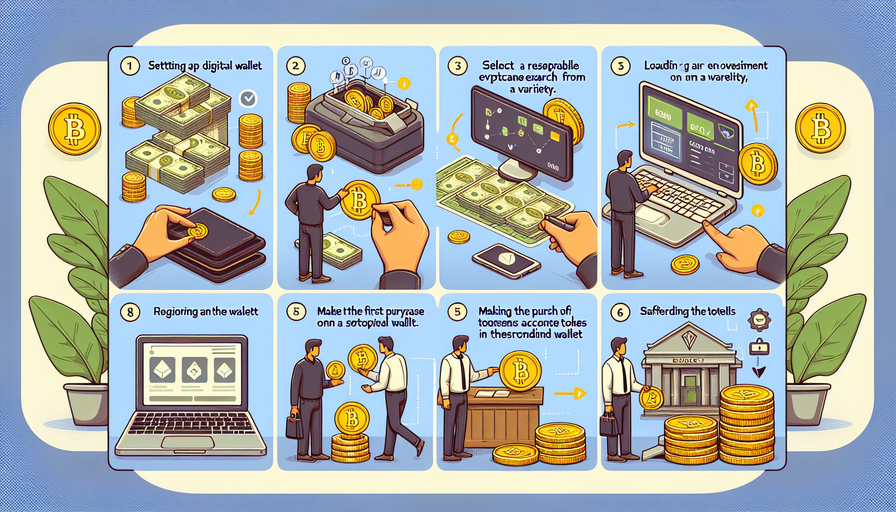In today’s digital age, email has become an essential tool for communication. One of the most popular email services is Gmail, known for its user-friendly interface and powerful features. One such feature that can help you manage your emails more efficiently is the ability to forward emails. In this guide, we will walk you through the process of forwarding emails in Gmail, including how to forward emails in categories.
Understanding Email Forwarding in Gmail
Email forwarding allows you to automatically send incoming emails from one email address to another. This can be useful if you have multiple email accounts and want to consolidate your inbox or if you want to share important information with others.
Gmail makes it easy to set up email forwarding for individual messages or entire categories using filters. Filters in Gmail are rules that allow you to automate actions on incoming messages based on criteria such as sender, recipient, subject line, or keywords.
How to Forward Emails in Categories
1. Accessing Filters: To get started, log in to your Gmail account and click on the gear icon in the top right corner. From the dropdown menu, select “See all settings.” Then, navigate to the “Filters and Blocked Addresses” tab.
2. Creating a New Filter: Click on “Create a new filter” and define the criteria for the emails you want to forward. For example, if you want to forward all emails from a specific sender or with certain keywords, enter that information in the appropriate fields.
3. Setting Up Forwarding: After defining your filter criteria, click on “Create filter.” Check the box next to “Forward it to” and enter the email address where you want the forwarded emails to go.
4. Applying the Filter: Click on “Create filter” again to save your changes and apply the filter. Now, any incoming emails that match your specified criteria will be automatically forwarded to the designated email address.
Tips for Effective Email Forwarding
– Regularly review your filters: It’s important to periodically review and update your filters to ensure they are still relevant and serving their purpose.
– Use descriptive filter names: Give your filters clear and descriptive names so that you can easily identify their purpose at a glance.
– Avoid setting up too many filters: While filters can be helpful for organizing your inbox, having too many filters can make it difficult to track where specific emails are being forwarded.
– Test your filters: Before relying on a new filter for important emails, test it out with a few sample messages to ensure it is working as intended.
By mastering email forwarding in Gmail, you can streamline your inbox management process and ensure that important messages are always delivered promptly.


